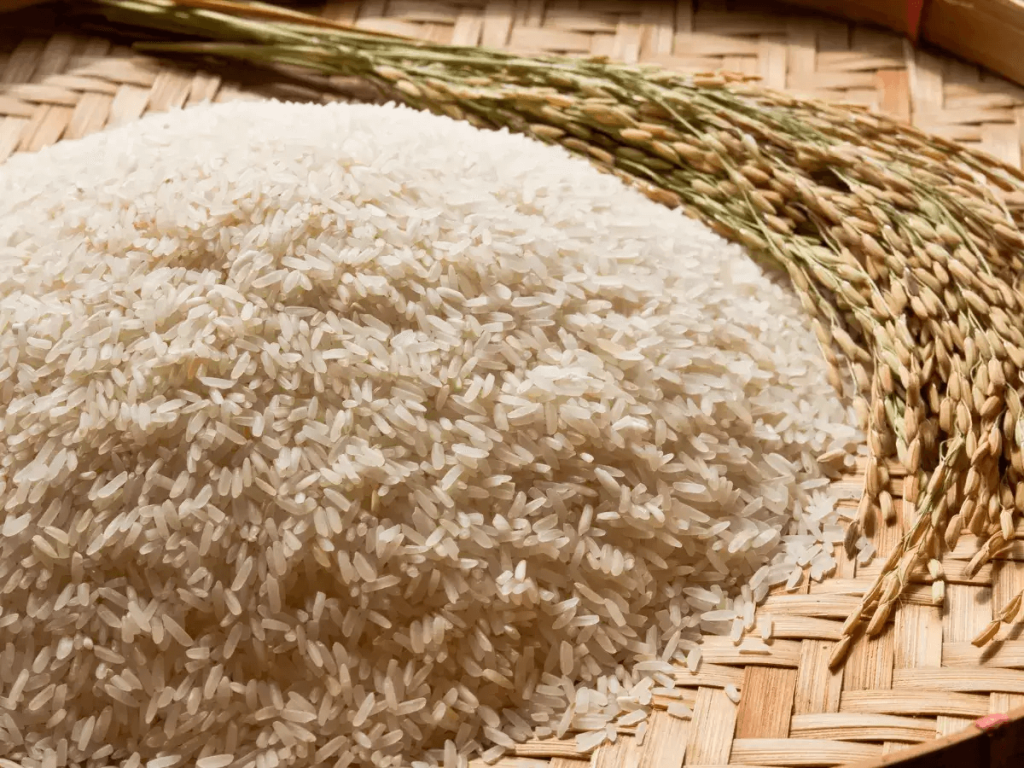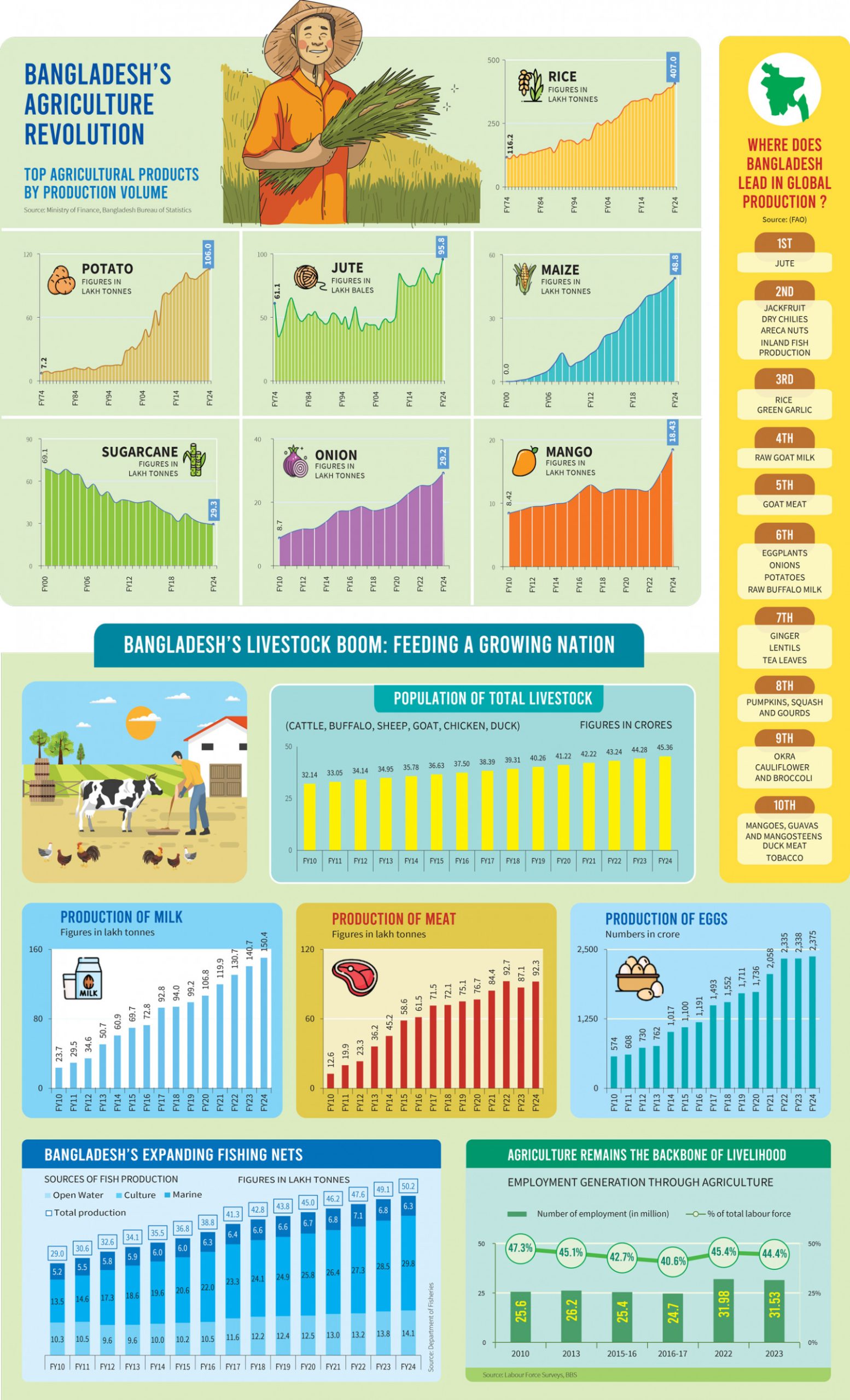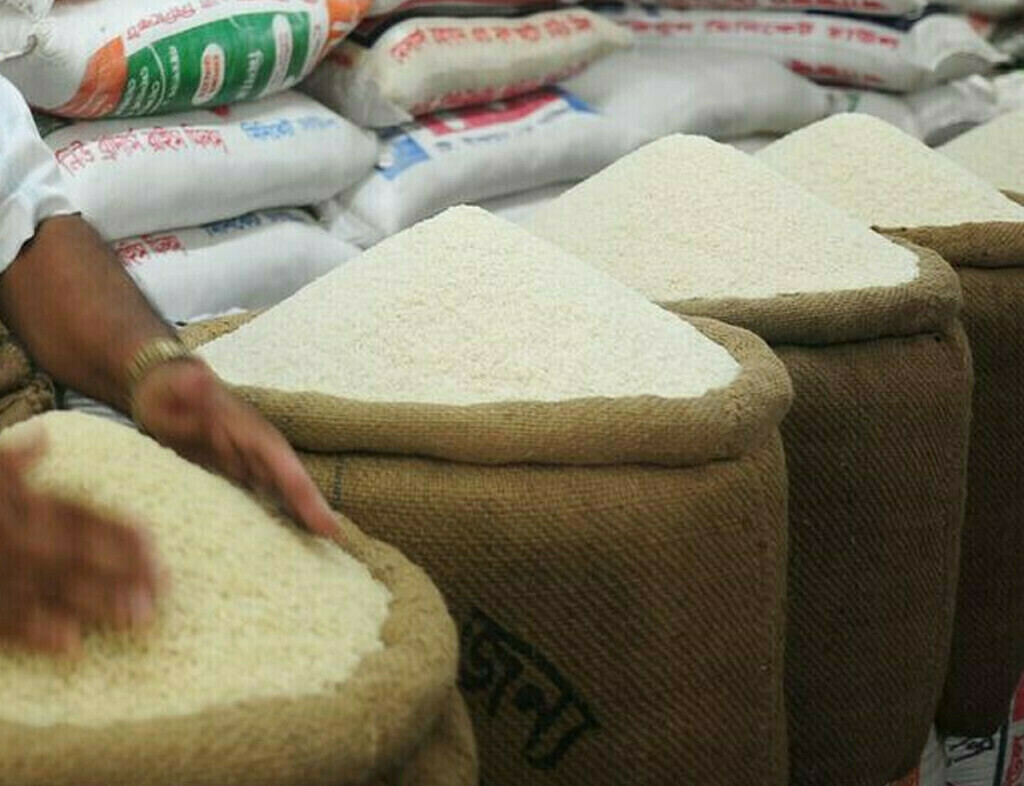Tags
Factors driving global demand for rice & shaping market trends
The article delves into the key elements that are driving global demand and shaping the market economic stability for billions, trends for rice, offering insights into the complexities of this vital agricultural sector.

The global rice market is a dynamic and ever-evolving landscape, deeply influenced by a multitude of factors. As one of the world’s most important staple foods, rice is at the heart of food security. This article delves into the key elements that are driving global demand and shaping the market economic stability for billions, trends for rice, offering insights into the complexities of this vital agricultural sector.
Population Growth and Rising Demand
Population growth stands as a primary driver of increased rice consumption. As the world’s population continues to surge, particularly in Asia and Africa, the demand for rice, a staple in these regions, naturally escalates. This growing population not only demands more food but also a greater variety of rice types, influencing production patterns and market trends globally.
Trade Routes and Logistics Challenges
The distribution of rice is heavily dependent on efficient trade routes and logistics. However, this sector faces its own set of challenges, including shipping crises, like the Red Sea attack, and the fluctuating availability of containers. These logistical hurdles not only disrupt the supply chain but also influence the accessibility and cost of rice in various markets, affecting global trade dynamics.
The Role of Pricing in Market Dynamics
Price is a crucial factor in the rice market, affecting both producers and consumers. Fluctuating prices can significantly impact consumer buying behaviour and demand patterns. Moreover, exchange rates play a vital role, as most global trade transactions are dollar- denominated. Strong currency fluctuations can lead to substantial changes in rice prices, thereby influencing global demand.
Influence of Global Conflicts
War economies and geopolitical tensions can have a profound impact on the rice market. Conflicts often lead to disruptions in production and supply chains, affecting the availability and price of rice. These disturbances can have far-reaching consequences, particularly for countries heavily reliant on rice imports for food security.
Varietal Preferences and Usage
The global rice market is diverse, with different varieties catering to specific tastes, uses, and cultural preferences. Factors such as grain length, aroma, and cooking properties influence consumer choices. This diversity in preference plays a significant role in shaping market trends as producers and exporters adjust their strategies to meet these varied demands.
Environmental Impacts on Production
Environmental factors, notably the water crisis, significantly affect rice production. As rice cultivation is water-intensive, shortages and climatic changes pose a serious threat to production levels. These environmental challenges lead to supply disruptions, impacting global markets and often resulting in price volatility.
Government Policies and Market Regulation
Government interventions and policies greatly influence the rice market. Measures like the Minimum Export Price (MEP) and duties on non-basmati rice exports are examples of how governments regulate the market to balance domestic needs and international trade. Such policies can either stimulate or hinder the global rice trade, depending on their nature and implementation.
The global demand for rice is shaped by a complex interplay of demographic, logistical, economic, political, and environmental factors. Understanding these dynamics is crucial for stakeholders in the rice industry, from producers to exporters and policymakers. As the world navigates through these varied challenges, the rice market continues to adapt, reflecting the resilience and significance of this essential global commodity.
https://retail.economictimes.indiatimes.com/blog/factors-driving-global-demand-for-rice-shaping-market-trends/107854839Published Date: February 20, 2024






